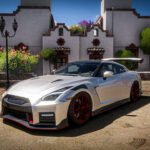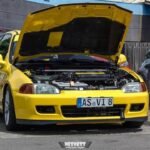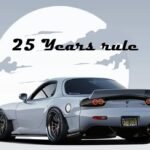Over the last 30 years, performance-oriented Japanese cars have gone from unknown to popular in the eyes of automotive enthusiasts around the world. That’s not to suggest Japan’s performance car industry didn’t exist before 1990, but the average American was only vaguely aware of Japanese domestic market models (or JDM automobiles). JDM originally referred to cars sold primarily in Japan, but it has grown to refer to any high-performance Japanese model, whether new or used, sold just in Japan or in various worldwide markets, including the United States and Canada.

JDM cars are highly valued because many were technologically and aesthetically advanced for their time. Some enthusiasts speculated that the spike in value was related to pop culture, specifically the Initial D or Wangan Midnight manga series.
So here is our list of the best JDM cars that all petrolheads should know.
Toyota Supra MK IV (1993-2002)
In the first Fast & Furious movie, Paul Walker told Vin Diesel, “I owe you a 10-second vehicle,” after wrecking one of the best JDM cars of all time, the Toyota Supra MK IV. The Americans titled the Toyota Supra MK IV because they did not want to use Toyota’s official name.
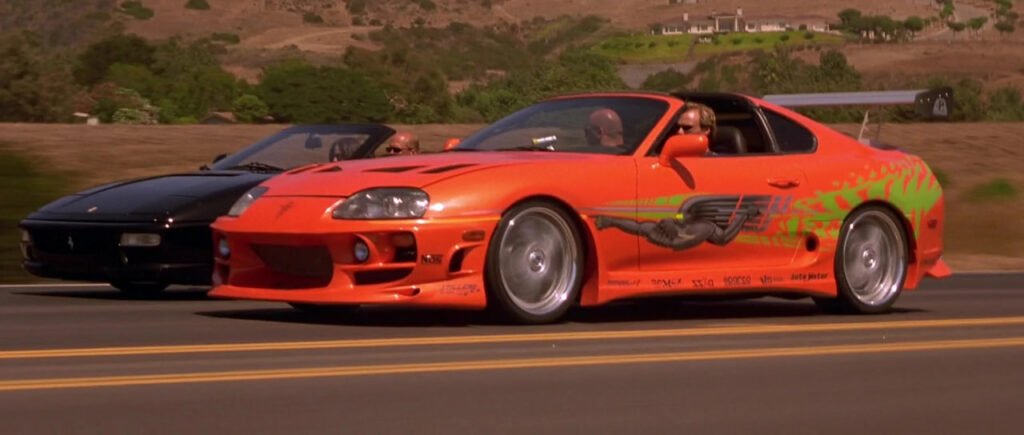
Its iconic twin-turbocharged 2JZ engine and innovative body and wing designs cemented its status as a classic. The MKIV Supra may have up to 800hp when adjusted, which is absurd for a Toyota. The Toyota Supra, on the other hand, was well-known for its reliability.
The Toyota Supra MKIV is still fetching ridiculous prices on the used market.
Mazda RX7 (1992-2002)
If you like the old Initial D series, Ryosuke Takahashi’s White Mazda RX-7 FC is an iconic car in its own right. The FC2S was purposefully built to emulate the Porsche 924 and 944 trend of pop-up headlights in sports cars. Even now, the RX-7’s classic design makes it look so appealing.

The RX-7 employs a one-of-a-kind turbocharged rotary engine that is increasingly difficult to find in other vehicles. The FC2S and FD3S are highly sought after and are the best JDM cars of all time, with some used car-selling sites asking for more than $100,000.
Civic Type R (1997- 2000)
The Civic Type R is the most powerful model in the Civic lineup. Honda created and engineered it for the circuit in the late 1990s. The first Type R engines were installed in the sixth-generation Honda Civic, a three-door hatchback.

The EK9 Honda Civic Type R had the same hand-ported B16B engine and 5-speed manual transmission as the Integra Type R. The B16B produced an amazing 182bhp for a naturally aspirated engine. The appearance of the EK9 is without a doubt the ultimate street sleeper vehicle for racing.
Toyota Sprinter Trueno (1983-1987)
JDM automobile enthusiasts are familiar with the renowned Toyota AE86 courtesy of the iconic racing manga, Initial D. Takumi Fujiwara, the main character, who drove the AE86 to deliver tofu.
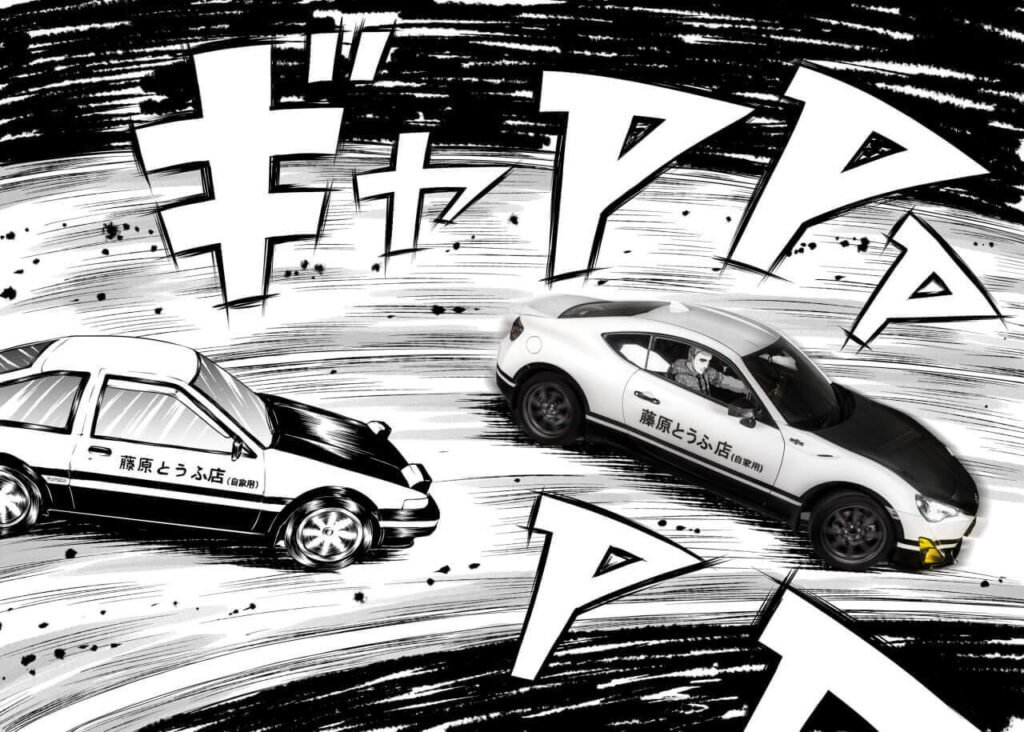
In the manga series, the automobile was also famed for winning races against Lancers, RX-7s, and WRXs, among others. Fans also said it was the most stable car in the series.
Collectors today transform this automobile into a carbon reproduction of the AE86 from Initial D, complete with a panda colorway and Japanese tofu store stickers.
Mitsubishi Lancer Evolution(1996-2007)
The Mitsubishi Lancer Evo has become an icon in its own right, notably a rally icon. Tommi Makinen, the famed rally driver, made it famous with four titles from 1996 to 1999.
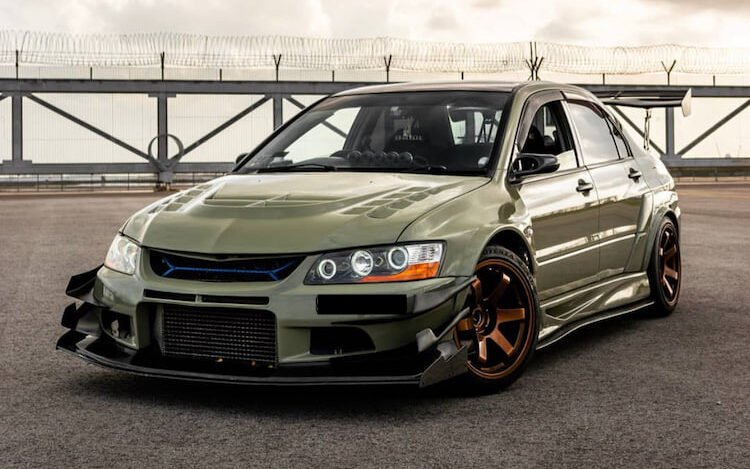
With its famed 4G63 engine, the Mitsubishi Lancer was a beast. It was also a cinema icon, with several Lancer Evo variants appearing in multiple films from the late 1990s to the early 2000s. The crimson Evo IX in Fast and Furious: Tokyo Drift was particularly stunning.
The Mitsubishi Lancer Evolution is still one of Singapore’s most popular JDMs. Many people are seen driving various variants of it.
Nissan Silvia (1989-2002)
The Nissan Silvia S13 was introduced in 1990 with a CA18 engine, which was later replaced by the renowned SR20 turbocharged engine with 200 horsepower. After tuning, the engine produces 350 horsepower, which was introduced to the S14 and S15 models.
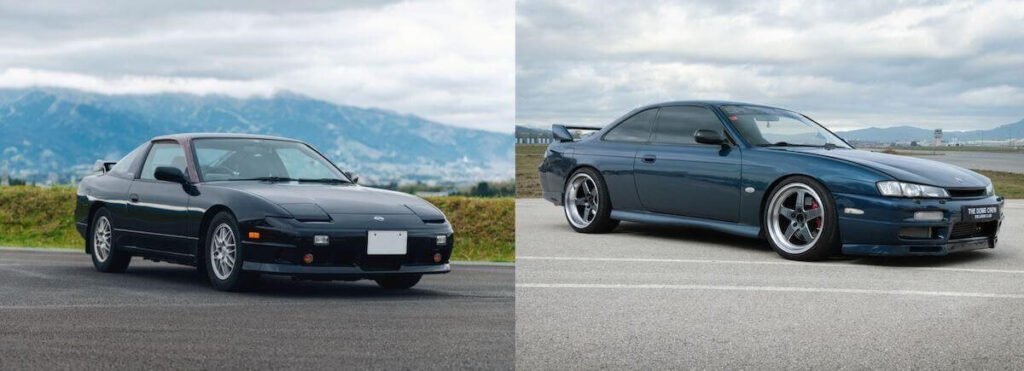
The renowned Nissan S-Chassis trio was known as the 180SX, 200SX, and 240SX, in that order. They were distributed to several markets, including Japan, Europe, and North America.
Because of how effectively it could drift and the customizing choices available, the Nissan Silvia became a legend in the drifting community, particularly in Japan.
Subaru Impreza WRX STI (1992-2000)
Another popular JDM in Singapore and around the world is the Subaru Impreza WRX STI or Rex. The term WRX stands for World Rally experimental, and it was driven by famed rally racer Colin McRae to victory in the 1995 World Rally Championship.
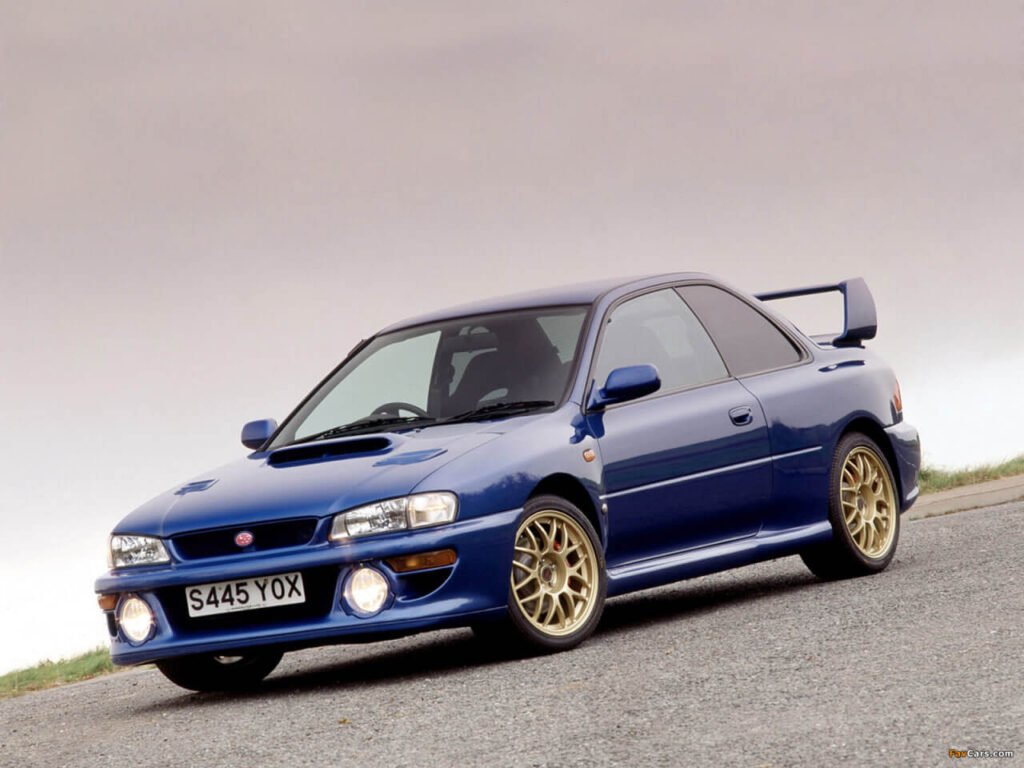
The Subaru Impreza WRX STI was a Japan-only JDM vehicle at the time, with performance-tuned engines, transmissions, and suspensions. It’s a favorite of both street racers and JDM aficionados. The automobile was also featured prominently in the 2017 film Baby Driver.
Honda NSX (1990-2005)
In North America, the Honda NSX, also known as the Acura NSX, was the first mass-produced car with an all-aluminum body. The NS-X NA1, Japan’s first supercar, had undergone extensive testing before its debut and was expected to compete with Ferraris.
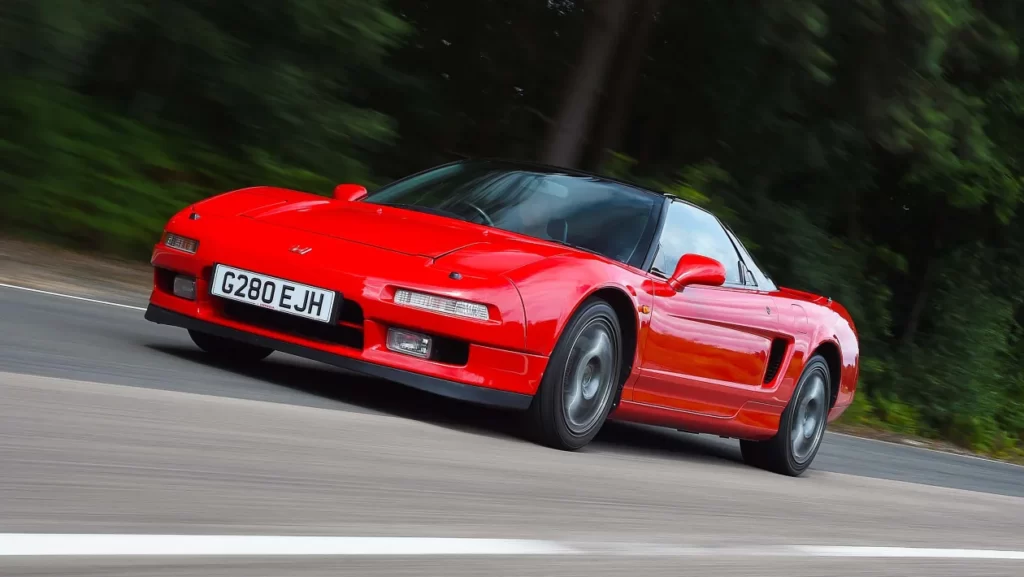
This beast is driven by a 3.0L V6 engine with Honda’s VTEC system and has been acclaimed for its excellent handling.
It had pop-up headlights until 2002 when Honda made the worst decision ever by discontinuing it. From 1992 until 2005, the NSX sold barely 18,000 units worldwide, according to the company.

